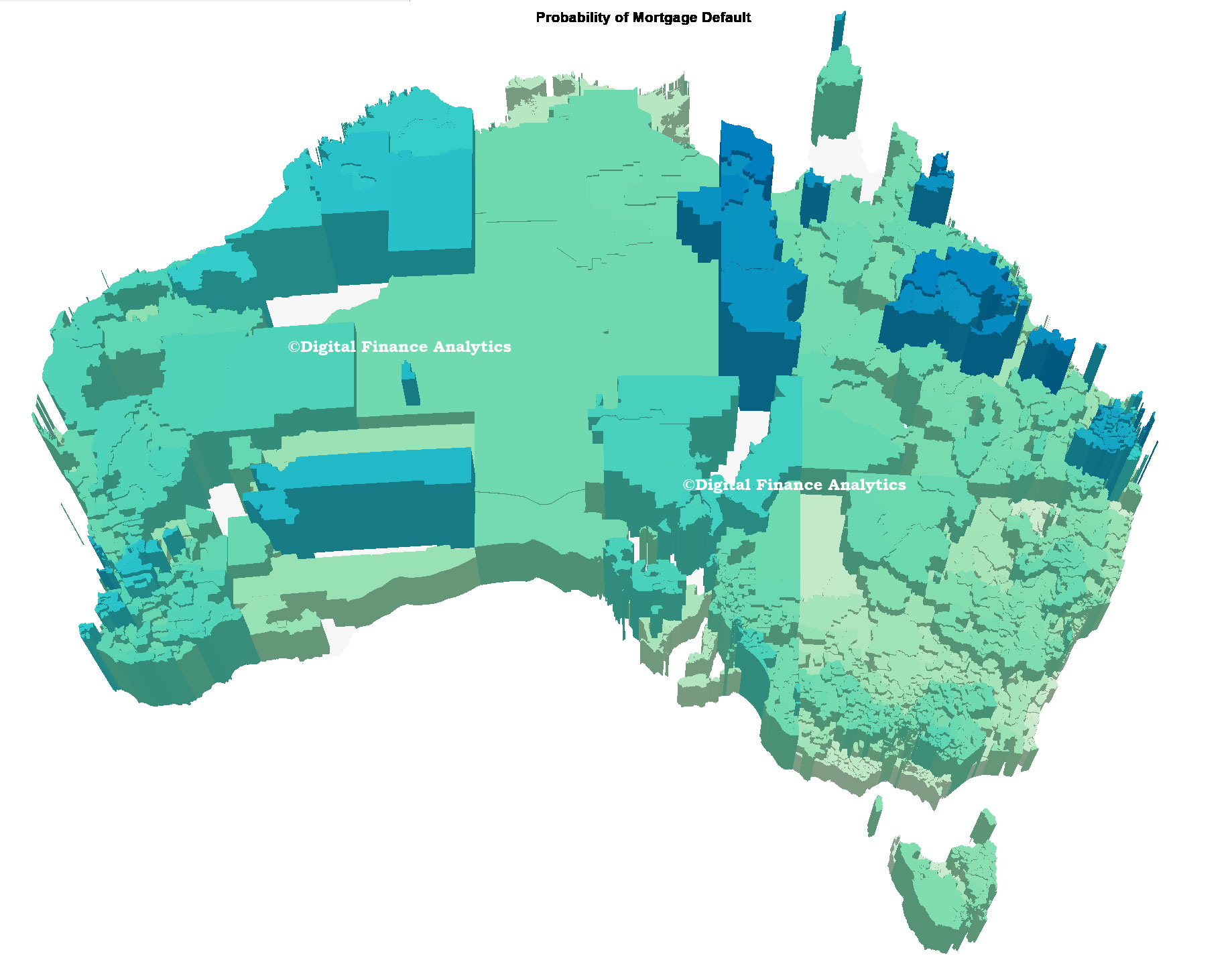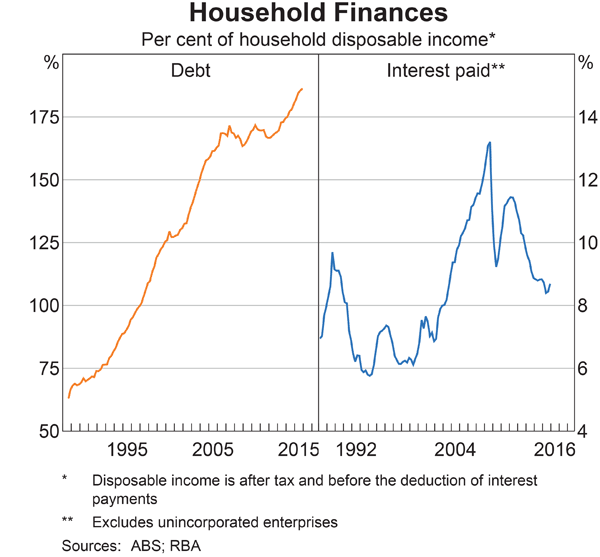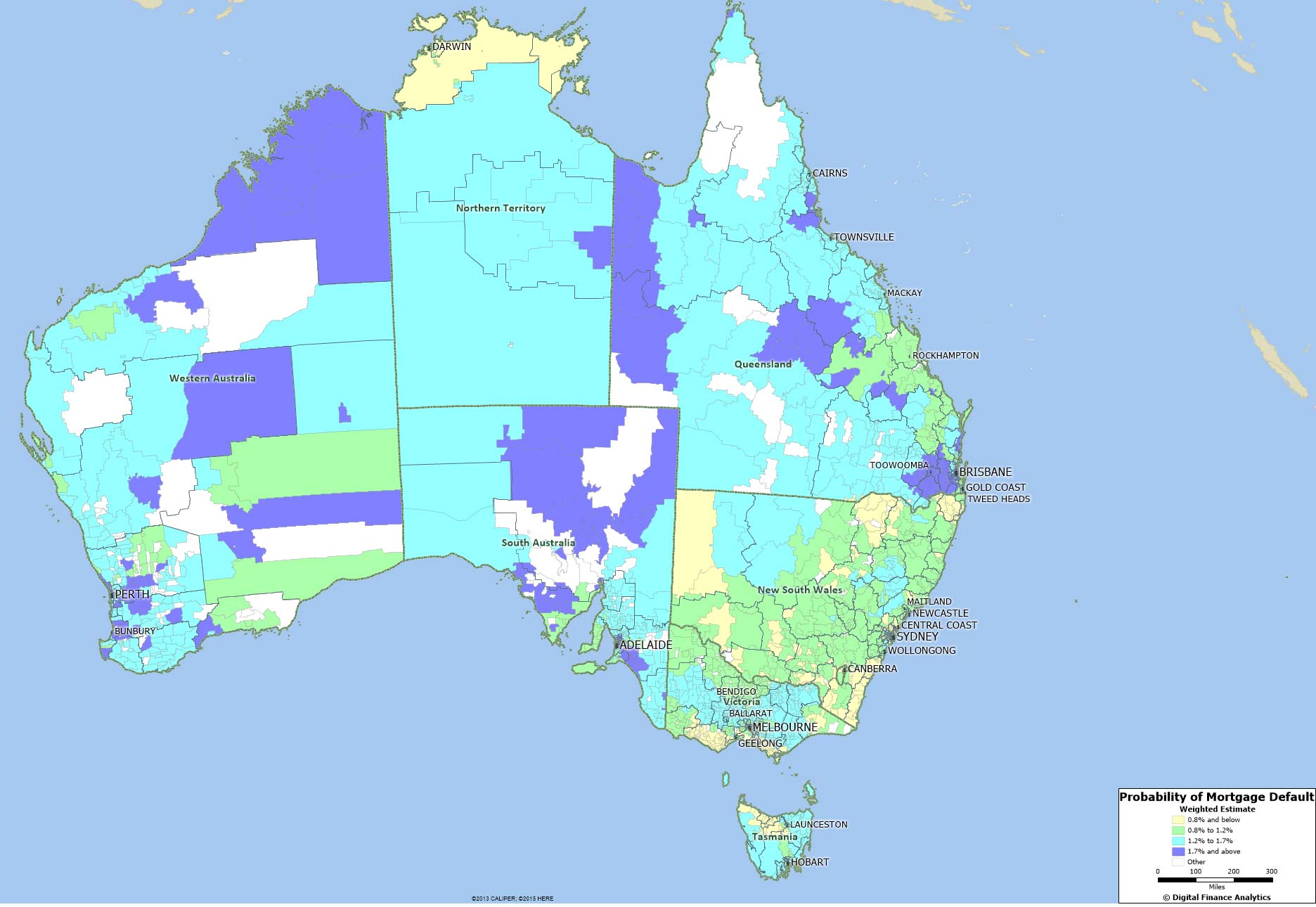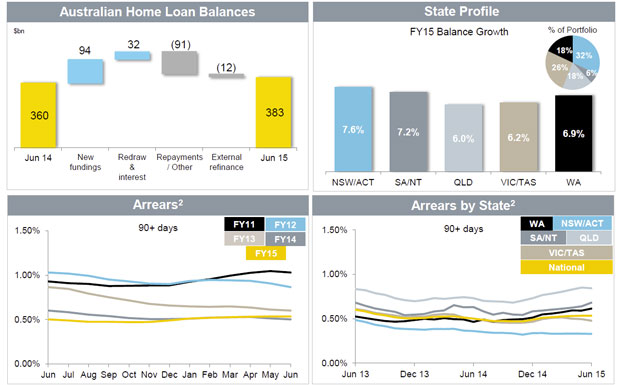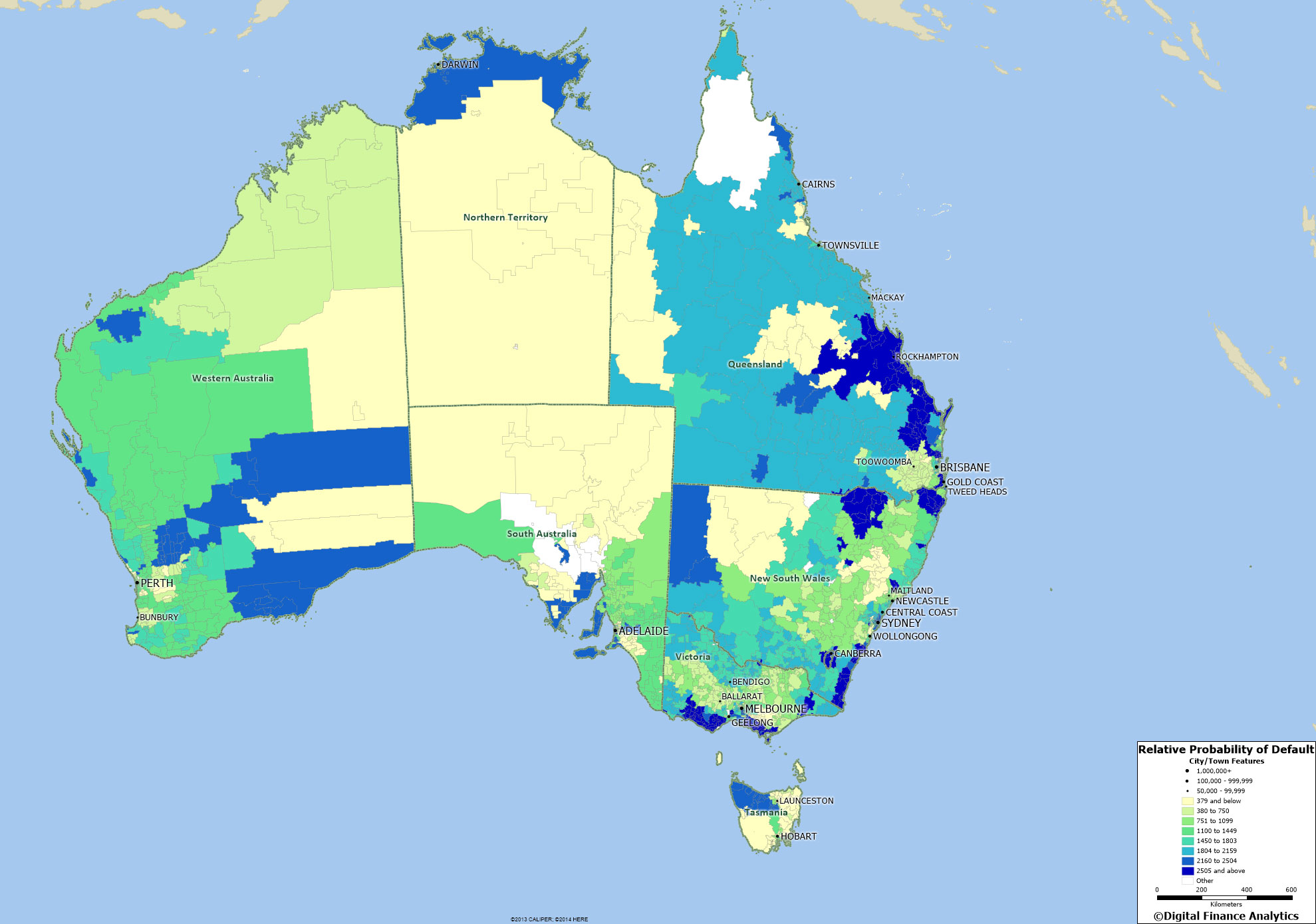Credit rating firm Fitch has described an increase in Australian mortgage arrears over the June 2016 quarter as surprising.
Released this week by Fitch, the latest Dinkum RMBS Index shows mortgage arrears rose 0.4% to 1.14% over the three months to June. On a year-on-year basis, mortgage arrears are 0.6% higher than they were at June 2015.
According to Fitch, the increase in arrears over the June quarter went against seasonal trends, with arrears that originated in the first three months of the year continuing through the quarter.
“The increase… was mainly in the 90+ days bucket, following the migration of the 30-60 days arrears in 1Q16 into longer-dated arrears,” Fitch said in statement.
“Historically, arrears that materialise in the first quarter are due to seasonal spending and tend to cure themselves in the next quarter. However, recent data indicates households that had financial difficulties in 1Q16 also had them in 2Q16,” the statement said.
While Australia’s unemployment levels are falling, Fitch believes increased levels of underemployment are likely behind the arrears increase.
As of the end of Australia’s unemployment rate sat at 5.6%, while the underemployment rate sat at 8.8%. Underemployed workers are defined as part-time workers who want and are available for more hours of work than they currently have and full-time workers who worked part-time hours during the reference week for economic reasons.
While arrears do appear to be increasing, Fitch said there may be some improvement as the impact of the Reserve Bank of Australia’s August rate cut works its way through the market.
“Monetary policy has not significantly benefitted mortgage performance in 2Q16 and lower mortgage rates only marginally helped 30-60 days arrears,” the Fitch statement said.
“However, the effects may be delayed and households may feel positive outcomes on arrears in 3Q16. The August 2016 rate-cut may also improve 2H16 arrears.”
Fitch expects 90+ days arrears to increase further in Queensland, Western Australia and the Northern Territory as the impact of the mining boom slowdown continues to be felt.


